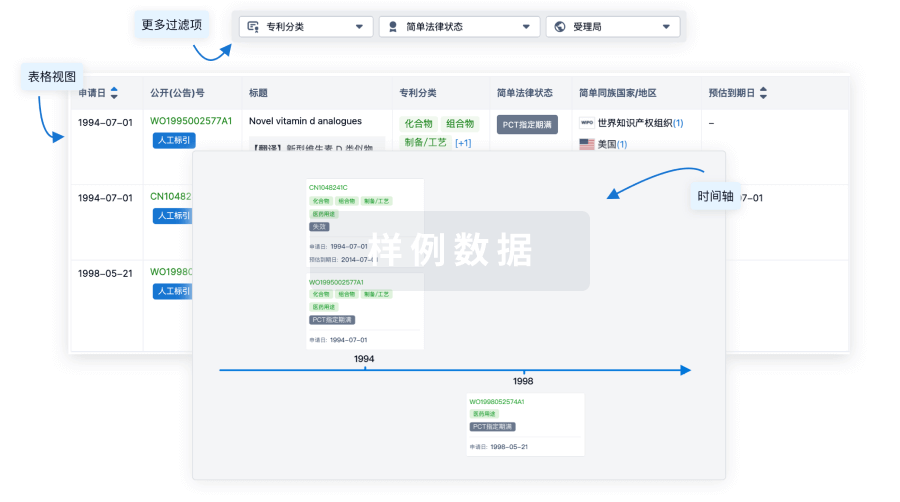Type 2 diabetes is an evolutive disease with a progressive defect of beta-cell insulin secretion. This characteristic points to a need for treatment that takes into account such a natural history. When oral antidiabetic drugs fail to achieve the patient's target HbA1c level, basal insulin treatment is usually initiated and titrated in association with oral drugs to manage fasting hyperglycaemia. Over a period of time, it is enough to simply achieve the HbA1c target. However, when even a good fasting blood glucose level is no longer sufficient to control overall glycaemia, then prandial treatment must be combined with the titrated basal insulin to deal with the postprandial hyperglycaemia responsible for the elevation of HbA1c. Of the different therapeutic options now available for this, rapid-acting insulins and GLP-1 receptor agonists (RAs) can be used. Rapid-acting insulins can be added either at each meal, achieving full insulin supplementation with a basal-bolus regimen, or at the main meal only as a "basal-plus" regimen. Compared with the full basal-bolus, the basal-plus strategy is associated with fewer injections, yet provides similar efficacy in terms of HbA1c improvement, but with less weight gain and lower hypoglycaemic risk. As for GLP-1 RAs, numerous studies, and especially those using short-acting GLP-1 RAs, have demonstrated more pronounced effects on postprandial hyperglycaemia, good complementary effects with basal insulin, and significant improvement of HbA1c with no weight gain and a low risk of hypoglycaemia. Similarly, direct and indirect comparisons of the use of rapid-acting insulins and GLP-1 RAs to intensify basal insulin have shown comparable efficacy in terms of HbA1c control, but with less weight gain and fewer hypoglycaemic episodes with GLP-1 RAs.







